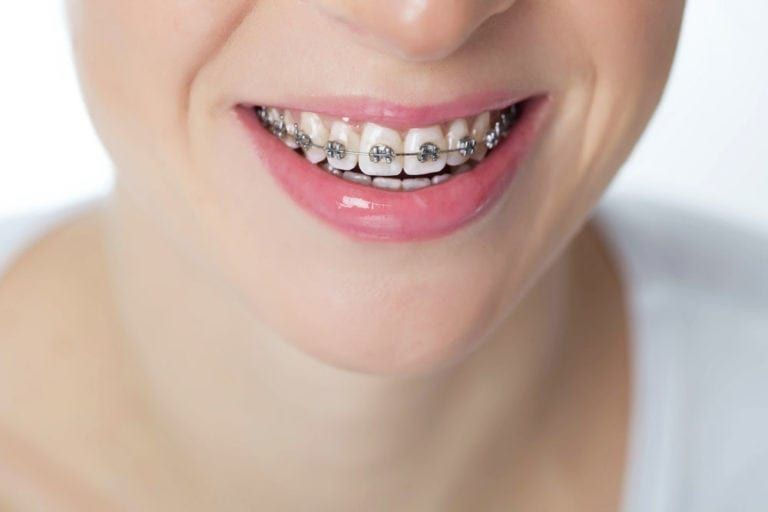Porcelain vs. Composite Veneers: Which Is Right for You?
- dclinicdubai
- Oct 14
- 3 min read
When exploring options for improving your smile, Dental Veneers often top the list. These thin shells enhance the appearance of your teeth by addressing stains, chips, gaps, and minor misalignments. Whether you're considering Veneers Dubai clinics or researching Veneers in Dubai for the best cosmetic treatments, it's essential to understand the difference between the two main types of veneers: porcelain and composite. Choosing the right one depends on your goals, budget, and long-term dental care plan.

What Are Porcelain Veneers:
Porcelain veneers are thin, custom-made shells crafted from medical-grade ceramic materials. Known for their durability and natural tooth-like appearance, they are bonded to the front surface of teeth to create a flawless look. Because they reflect light similarly to natural enamel, porcelain veneers are often the preferred choice for those seeking a high-end, long-lasting solution for aesthetic dental concerns.
What Are Composite Veneers:
Composite veneers are made from a tooth-colored resin material that is sculpted directly onto the tooth. Unlike porcelain, which is fabricated in a dental lab, composite veneers can often be applied in a single appointment. While they offer a quicker and more budget-friendly option, they are generally less durable and more prone to staining over time.
Cost Comparison Between Porcelain and Composite:
Porcelain veneers typically come at a higher cost due to their quality, custom fabrication, and longevity. They can last 10 to 15 years or more with proper care. In contrast, composite veneers are more affordable upfront but may require more frequent maintenance or replacement, usually lasting between 4 to 8 years. Ultimately, the choice depends on whether you're looking for a longer-term investment or a cost-effective solution with easier reversibility.
Aesthetic Results and Finish:
In terms of aesthetics, porcelain veneers generally offer superior results. Their translucency closely mimics natural enamel, creating a lifelike and elegant finish. Composite veneers can also look natural, especially when applied by a skilled cosmetic dentist, but may lack the same level of refinement and depth as porcelain. For those prioritizing a seamless, high-gloss finish, porcelain may be the ideal option.
Durability and Strength:
Porcelain veneers are more resistant to chips, cracks, and stains, making them a better choice for long-term durability. While they are still susceptible to damage from excessive force, they tend to hold up better under daily wear. Composite veneers, while still resilient, are more likely to wear down or fracture over time, especially for those who grind their teeth or have a strong bite.
Procedure and Time Commitment:
Getting porcelain veneers usually involves two to three visits. The first appointment includes consultation and tooth preparation, followed by a second visit for fitting and bonding the veneers. Temporary veneers may be used during the interim. Composite veneers, however, can often be completed in one visit since they are sculpted and cured directly onto the teeth. If time is a significant factor for you, composite may be more appealing.
Maintenance and Aftercare:
Both types of veneers require good oral hygiene to maintain their appearance and longevity. Regular brushing, flossing, and professional cleanings are essential. Porcelain veneers are more stain-resistant, which means they retain their color longer. Composite veneers may require more frequent polishing or even touch-ups to keep them looking fresh. Avoiding hard foods, tobacco, and dark beverages will also help prolong the life of either type.
Reversibility and Tooth Preservation:
Composite veneers typically involve minimal enamel removal, making the procedure more reversible compared to porcelain veneers, which often require significant reshaping of the tooth. This means composite may be a better option for patients who want the ability to return to their natural teeth or who are hesitant about committing to a permanent change.
Ideal Candidates for Each Type:
Porcelain veneers are well-suited for patients seeking a long-term cosmetic solution and who have moderate to severe discoloration, spacing, or shape issues. Composite veneers may be a better fit for younger patients, those on a budget, or individuals looking for a quick cosmetic fix. A thorough dental consultation will help determine the best fit based on your oral health, lifestyle, and cosmetic goals.
Final Thoughts:
Choosing between porcelain and composite veneers ultimately comes down to your personal priorities—whether it's long-term value, time commitment, or aesthetic goals. Both offer significant improvements in smile aesthetics, but each has its strengths and limitations. If you're seeking a durable, natural-looking upgrade and are willing to invest in a lasting solution, porcelain veneers may be your best bet. On the other hand, if you prefer a more budget-friendly, reversible option, composite veneers can still deliver impressive results. Whether you opt for porcelain or composite, always consult with a qualified cosmetic dentist to make the most informed decision for your smile.


Comments